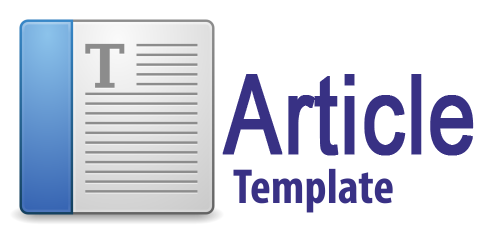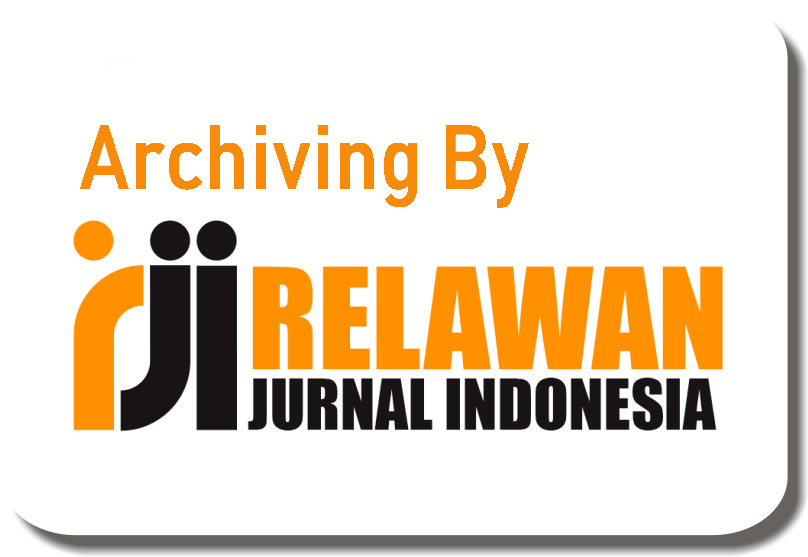The Suitability of Intan Pariwara's English Textbook with The Learning Styles of Eighth Grade Students at Islamic-based Schools
Abstract
This article focuses on analyzing the suitability between the English textbooks for eighth grade published by Intan Pariwara and students' learning styles. Using descriptive quantitative methods through data collection techniques such as VAK (Visual, Auditory, Kinesthetic) learning style questionnaires and content analysis of the books. This study took 31 participants from grade VIII at an Islamic-based school in Surabaya. The findings show that there is an imbalance between students' learning styles and the proportion of learning styles in textbooks, because students predominantly have an Auditory learning style, while textbooks mostly facilitate Visual. However, the auditory learning style is still facilitated quite well, while Kinesthetic is the least facilitated which has the potential to widen the learning gap for students who require hands-on practice-based learning. This research highlights the balance of learning style facilitation in textbooks to better suit students' needs and emphasize the role of teachers in selecting and sorting appropriate textbooks to achieve inclusive and balanced learning.
Keywords
Full Text:
PDFReferences
Abah, J., Chinaka, T. W., & Ogbiji, E. O. (2024). Effect of Kinesthetic Learning on Students’ Interest and Achievement in Mathematics. Mathematics Education Journal, 8(2), 120–136. https://doi.org/10.22219/mej.v8i2.34218
Aisami, R. S. (2015). Learning Styles and Visual Literacy for Learning and Performance. Procedia - Social and Behavioral Sciences, 176, 538–545. https://doi.org/10.1016/j.sbspro.2015.01.508
Alifah & Abdullah. (2024). Application Auditory Learning Style Method To Increase Students Enthusiasm For Learning. Proceeding Of International Conference On Education, Society And Humanity, 2(1).
Ashar & Waldi. (2023). Improving Integrated Thematic Learning Results with the Auditory, Intellectually, Repetition Type Cooperative Model in Class V Elementary School. Journal of Education and Counseling, 5(3), 116–122.
Creswell, J. W. (2012). Educational research: Planning, conducting, and evaluating quantitative and qualitative research (4th ed). Pearson.
Damayanti, E., Santosa, A. B., Zuhrie, M. S., & Rusimamto, P. W. (2020). Pengaruh Penggunaan Media Pembelajaran Berbasis Multimedia Interaktif Terhadap Hasil Belajar Siswa Berdasarkan Gaya Belajar. 09.
DePorter, B., & Hernacki, M. (2015). Quantum Learning: Membiasakan Belajar Nyaman dan Manyenangkan (Edisi Baru, Cet. 1).
Lecturer, N. (2025). Learning Styles and Theories: Understanding Diversity in Learning Processes to Enhance Problem-Solving Skills. Jamal Academic Research Journal-an Interdisciplinary, 6(2).
Lien, N. N., Mai, N. H., & Trang, N. H. (2024). Vocabulary in English Textbooks for Vietnamese Upper-Secondary Students: A Comparative Analysis of Reading Passages. Teaching English as a Second or Foreign Language--TESL-EJ, 28(2). https://doi.org/10.55593/ej.28110a10
Lucky, A. G. R., Nurikhwan, P. W., & Husin, G. M. I. (2024). Hubungan Gaya Belajar Terhadap Nilai Tutorial (Problem Based Learning) Mahasiswa Pskps Fkik Ulm Angkatan 2020. Homeostasis, 7(1), 41–48.
Mallipa, I., & Murianty, R. (2019). English Teachers’ Decision in Utilizing Textbook in Their Classroom. Linguistic, English Education and Art (LEEA) Journal, 2(2), 116–131. https://doi.org/10.31539/leea.v2i2.588
Marcia, L. C. (1995). Learning: The critical technology (2nd ed.). The Wave Technologies International Inc.
Montemayor, E. G., M.C. Aplaten, G.C. Mendoza, & G.M. Perey. (2009). Learning styles of high and low academic achieving freshman teacher education students: An application of the dunn and dunn’s learning style model. University of the Cordilleras Journal, 1(4), 58–71.
Nilson, L. B. (2003). Teaching at its best: A research-based resource for college instructors ((2nd ed.)). MA: Heinle & Heinle.
Oladele, O. K. (2024). Kinesthetic Learning: Hands-On Learning and Active Engagement.
Ramadian, O. D., Cahyono, B. Y., & Suryati, N. (2020). The Implementation of Visual, Auditory, Kinesthetic (VAK) Learning Model in Improving Students’ Achievement in Writing Descriptive Texts. English Language Teaching Educational Journal, 2(3), 142. https://doi.org/10.12928/eltej.v2i3.946
Rambe, H. H. & Zainuddin. (2014). The Effect Of Using Visual, Auditory, Kinesthetic (Vak) Learning Model On Students’ Achievement In Writing Recount Text. Journal of English Language Teaching of FBS-Unimed, 3(4). https://doi.org/10.24114/reg.v3i4.1385
Renou, J. (2009). A Study of Perceptual Learning Styles and Achievement in a University-level Foreign Language Course. Canada Journal, 20(1), 45–60.
Santos, L. M. D. (2020). The Application of a Textbook Evaluation Checklist: A Research Study of English as a Foreign Language Textbook. Universal Journal of Educational Research, 8(9), 3864–3872. https://doi.org/10.13189/ujer.2020.080910
Siregar, R. (2018). Teaching model of visualisation, auditory and kinesthetic (VAK) to improve the economic education achievement. International Journal of Humanities and Social Science Research, 4(1), 6–10.
Warsame, A. M. (2023). Teachers’ Perceptions of the Impact of Textbooks on their Teaching Efficacy and Students’ Motivation, Involvement, and Self-Esteem: A Case Study in Puntland State, Somalia. East African Journal of Education Studies, 6(2), 323–333. https://doi.org/10.37284/eajes.6.2.1352
DOI: https://doi.org/10.31004/jele.v10i6.1539
Refbacks
- There are currently no refbacks.
Copyright (c) 2025 Sustania Rahmawati, Sigit Pramono Jati, Ariyanto Ariyanto

This work is licensed under a Creative Commons Attribution-ShareAlike 4.0 International License.



